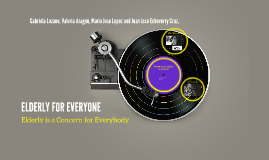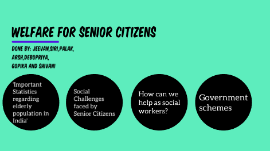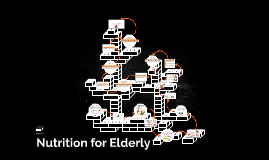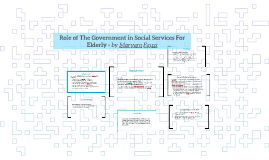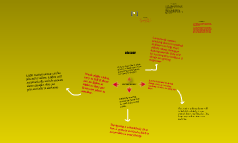Welfare For Elderly
Transcript: Social Challenges faced by Senior Citizens Welfare for senior citizens Done by: Jeevan,siri,palak, arsh,debopriya, gopika and shivani How can we help as social workers? Government schemes 'Important Statistics regarding elderly population in India' 1.According to population census 2011, there are nearly 104 million elderly persons (aged 60 or above) in India. 2. 71% of elderly population resides in rural areas while 29% is in urban areas. 3. Prevelance of heart diseases among elderly population was much higher in urban areas than in rural parts. 4. Old age dependency ratio in India was 8.80 as of 2016. 5. The share and size of elderly population is increasing over time. 5.6% in 1961 increased to 8.6% in 2011. 6. In rural areas, 66% of elderly Men and 28% of elderly women were working, while in urban areas only 46% of elderly men and about 11% of elderly women were working. LACK OF INFRASTRUCTURE Due to increase in longevity and chronic diseases, many elder citizens will need better access to physical infrastructure in the coming years. Unattended chronic disease, unaffordable medicines and treatment and malnutrition are part of old age life in India as there is no system of affordable health care. The other issues of the public health system are lack of infrastructure, limited manpower, poor quality of care and overcrowding of facilities due to insufficient focus on elderly care LACK OF SOCIAL SUPPORT The elderly in India are much more vulnerable because of the less government spending on social security system. Social isolation and loneliness has also increased. In addition, the preexisting illnesses are usually not covered making insurance policies unreliable for the elders. A study states, almost half of the respondents felt neglected and sad and felt that people had an indifferent attitude towards the elderly. It was also found that 47% felt unhappy in life and 36.2% felt they were a burden to the family. LACK OF SOCIAL SUPPORT social inequality Elderly are a heterogeneous section with an urban and rural divide. All the elderly are not seen in the same view as the needs and problems of elderly are rejected to a vast extent as government classifies these people based on caste and other sociology cultural dimensions. In a case study, it was found that a major proportion of the elderly women were poorer; received the lowest income per person; had the greatest percentage of primary level education. Recorded the highest negative affective psychological conditions; were the least likely to have health insurance coverage and they recorded the lowest consumption expenditure. social inequality AVAILABILITY,ACCESSIBILITY AND AFFORDABILITY OF HEALTHCARE Due to the ever increasing trend of nuclear families, elder care management is getting more difficult, especially for working adult children who find themselves responsible for their parents’ well-being. Due to the ever increasing trend of nuclear families, elder care management is getting more difficult, especially for working adult children who find themselves responsible for their parents’ well-being. Despite an aging population, geriatric care is relatively new in many developing countries like India with many practicing physicians having little knowledge of the clinical and functional implications of aging . AVAILABILITY,ACCESSIBILITY AND AFFORDABILITY OF HEALTHCARE AVAILABILITY,ACCESSIBILITY AND AFFORDABILITY OF HEALTHCARE Most of the government facilities such as day care centers, old age residential homes, counseling and recreational facilities are urban based. The key challenges to access and affordability for elderly population include reduced mobility, social and structural barriers, wage loss, familial dependencies, and declining social engagement. The stigma of aging is another social barrier to access of health in addition to the health and social conditions the elderly commonly face such as dementia, depression, incontinence and widowhood. AVAILABILITY,ACCESSIBILITY AND AFFORDABILITY OF HEALTH CARE ECONOMIC DEPENDENCY As per the 52nd round of National Sample Survey Organization, nearly half of the elderly are fully dependent on others, while another 20 percent are partially dependent for their economic needs. The situation was even worse for elderly females. The elders living with their families are largely contingent on the economic capacity of the family unit for their economic security and well being. The single most pressing challenge to the welfare of older person is poverty, which is a multiplier of risk for abuse ECONOMIC DEPENDENCY ECONOMIC DEPENDENCY Also due to their financial dependence, elderly persons though are most vulnerable to infections have low priority for own health. Migration of younger generation, lack of proper care in the family, insufficient housing, economic hardship and break-up of joint family have made the old age homes seem more relevant even in the Indian context. ECONOMIC DEPENDENCY HOW CAN WE HELP AS SOCIAL WORKERS?








